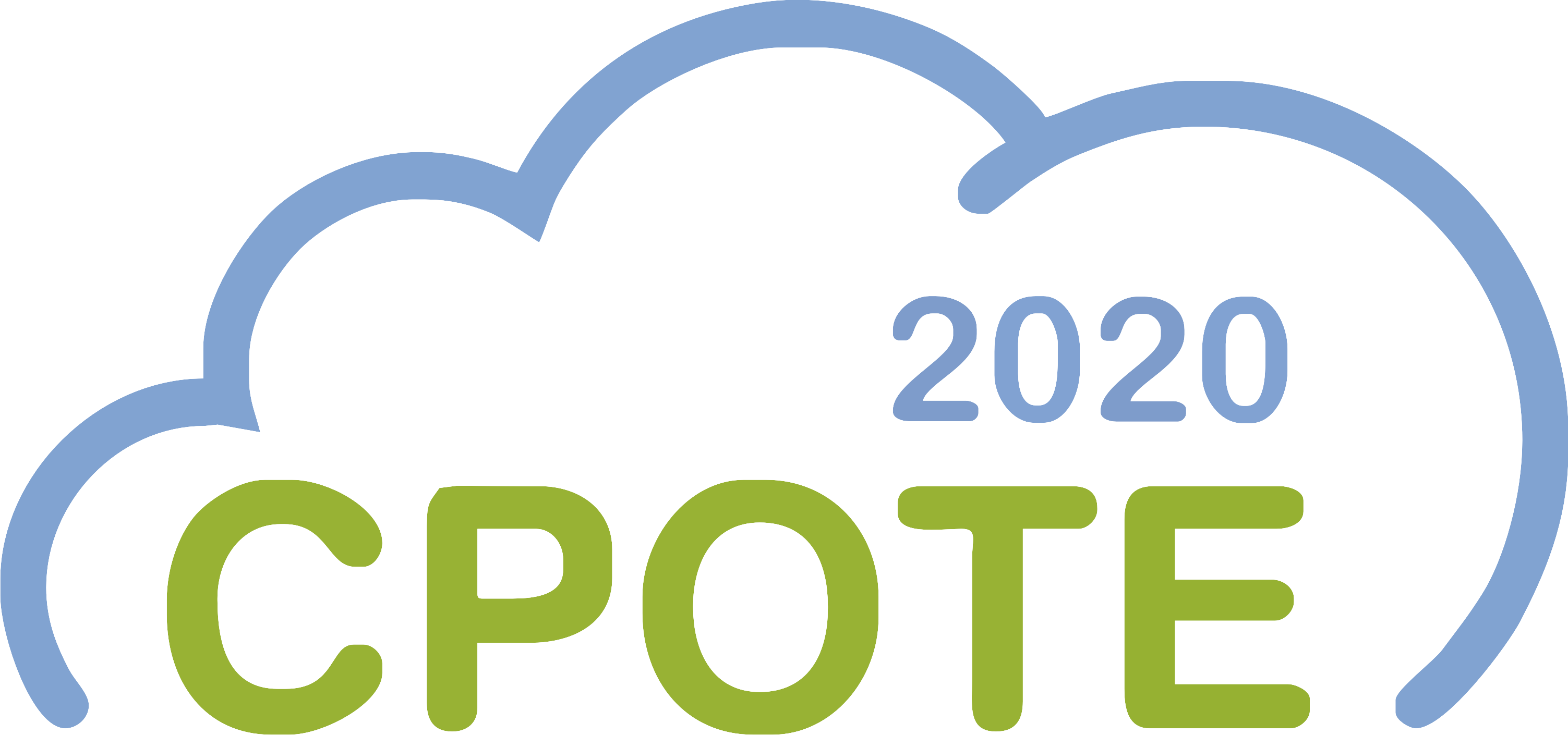
CPOTE2020
6th International Conference on
Contemporary Problems of Thermal Engineering
Online | 21-24 September 2020
6th International Conference on
Contemporary Problems of Thermal Engineering
Online | 21-24 September 2020
Abstract CPOTE2020-1047-A
Book of abstracts draft












Multiphase analysis of hydrochars from anaerobic digestion of municipal solid waste organic fraction
Aneta MAGDZIARZ, AGH University of Science and Technology, PolandAgata MLONKA-MĘDRALA, AGH University of Science and Technology, Poland
Małgorzata SIERADZKA, AGH University of Science and Technology, Poland
Christian ARAGON-BRICEÑO, University of Twente, Netherlands
Artur POŻARLIK, University of Twente, Netherlands
Eddy BRAMER, University of Twente; Postbus, Netherlands
Gerrit BREM, University of Twente, Netherlands
Łukasz NIEDŹWIECKI, Wroclaw University of Science and Technology, Poland
Halina PAWLAK-KRUCZEK, Wrocław University of Science and Technology, Poland
Digestate is a nutrient-rich substance produced by anaerobic digestion, it contains organic and inorganic compounds as well as micro-organisms. The European Nitrates Directive (91/676/EEC) gives the regulations concerning the wider implementation of digestate. Due to a significant amount of organic matter in the digestate, it can be utilized as a solid biofuel, a soil amendment or a substrate for activated carbon production. However, this utilization routes are currently not available for solid by-products of anaerobic digestion of the wet fraction of municipal solid waste, due to the fact that it is still considered a waste. Relatively high moisture content makes it currently not suitable for incineration. Hydrothermal carbonisation (HTC) is a pretreatment process which can change digestate into potentially more hydrophobic product with higher energy potential. In this study, a digestate from wet fraction of municipal solid waste (MSW), after separation at the MSW sorting plant, was treated with hydrothermal carbonization process. HTC was performed at different temperatures and residence times, showing influence of these important process parameters on the fuel properties and structure of hydrochars. The proximate and ultimate analysis of hydrochars, along with porosimetry and morphology structure were examined. Additionally, the thermal behaviour under pyrolysis and combustion was analysed using thermal analysis method (TGA/)DSC. Based on TGA the combustion parameters were calculated (defined ignition temperature (Tig), burnout temperature (Tb) and combustion index (S)).
Keywords: Biogas digestate, Hydrothermal carbonization, Hydrochar, Thermal analysis, Porosity
Acknowledgment: This project has received funding from the ERA-NET CO-FUND WaterWorks2017, no grant agreement WATERWORKS2017/I/RECOWADIG/01/2019. The participation of Małgorzata Sieradzka in the conference was co-financed by the European Union from the European Social Fund under the project: POWR.03.05.00-00-Z307/17-00.